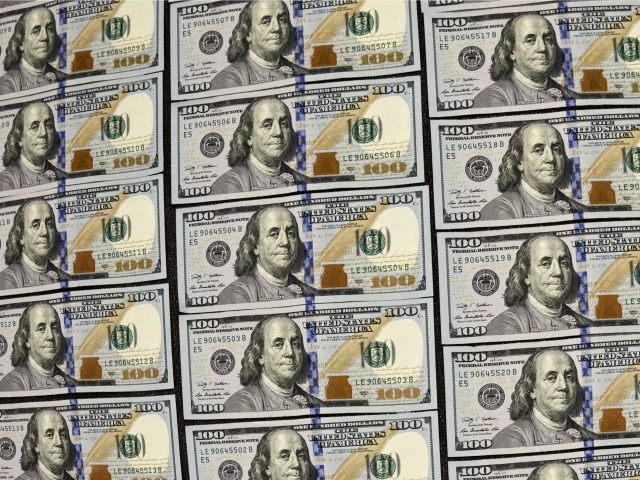Federal Reserve policymakers meet Tuesday to consider when to raise interest rates, but the strong dollar and inflation risks put them between a rock and a hard place.
Facing tough structural problems and disappointing growth, monetary authorities in Europe, China, and Japan have cut interest rates and taken extraordinary measures—such as aggressive quantitative easing and charging interest on reserves banks hold at central banks—to push liquidity through banks and boost private spending.
Low rates and more liquidity abroad has attracted more investment to U.S. alternatives, boosting the dollar against the currencies of major trading partners by about 15 percent since last summer. This makes foreign goods and services less expensive in U.S. markets and American exports more expensive and harder to sell abroad.
Both slow U.S. industrial activity, and the New York Federal Reserve Bank estimates a stronger dollar is slicing about 0.6 percent or $100 billion off GDP. That should translate into about 850,000 fewer Americans employed.
A stronger greenback also drags on the profitability of U.S. firms that both produce and sell abroad. For example, McDonald’s recently boosted prices at many overseas restaurants, but translating those sales in weaker foreign currencies into U.S. dollars reduced overall first quarter corporate revenues by 10 and earnings by 8 percent. That story is repeated at U.S. companies as diverse as Kimberly-Clark, Caterpillar, and United Technologies.
Limits on domestic sales growth and the profitability abroad curtail wage increases and corporate spending on equipment and R&D and steer investment planning from organic growth toward acquiring smaller competitors. No surprise—U.S. merger and acquisition activity is up about 30 percent since last summer.
By raising interest rates this summer, the Fed would make U.S. investments even more attractive to foreigners, further strengthen the dollar, and exacerbate all those adverse consequences.
Still, the Fed has good reasons to want higher U.S. interest rates.
Prolonged periods of low rates distort the allocation of capital among competing uses across the economy. For example, low rates tend to narrow spreads between what banks charge for loans and pay for deposits or other sources of funds. In turn, those discourage lending to small and medium sized businesses, and encourage larger financial institutions, such as Goldman Sachs and Morgan Stanley, to focus more on trading and wealth management, in addition to putting together M&A deals.
Often, regional banks do not have those non-lending business options, and the recent prolonged period of low rates and narrow spreads adds to pressures on smaller banks to seek mergers with larger banks. As those banks tend to specialize more in small and medium-sized business lending, those pressures could permanently reduce those businesses’ sources for bank financing and broader economic growth.
Easy money policies in the United States and around the global have not pushed up prices. Inflation for the goods and services consumers buy on a daily basis remains below the 2 percent central bankers consider necessary to support healthy growth, largely because excess capacity abounds for the production of many basic commodities like oil and among Asian manufacturers that supply stores around the globe.
Unprofitable capacity will eventually shut down, and once inflation gets going it can become difficult to contain.
All along Fed Chairwoman Yellen has expressed confidence that inflation will pick up as we move through 2015 and has steadily been preparing markets for the Fed to begin raising interest rates sometime this summer or fall.
However, higher U.S. interest rates would attract more foreign investment, further bid up the dollar against foreign currencies, and increase pressures on U.S. firms competing in international markets. All would discourage a quicker pace of wage increases and hiring and generally keep the recovery in low gear.
For the Fed, it’s a Hobson’s choice—either sentence the U.S. economy to continued slow growth or risk letting the inflation genie out of the bottle.
Peter Morici served is an economist and professor at the University of Maryland, and a national columnist. He tweets @pmorici1.

COMMENTS
Please let us know if you're having issues with commenting.